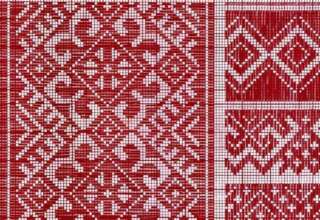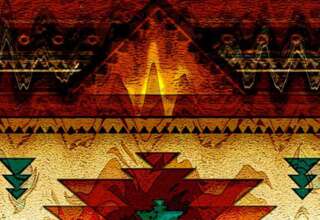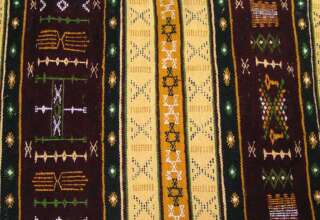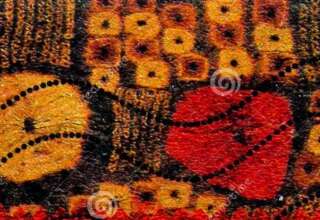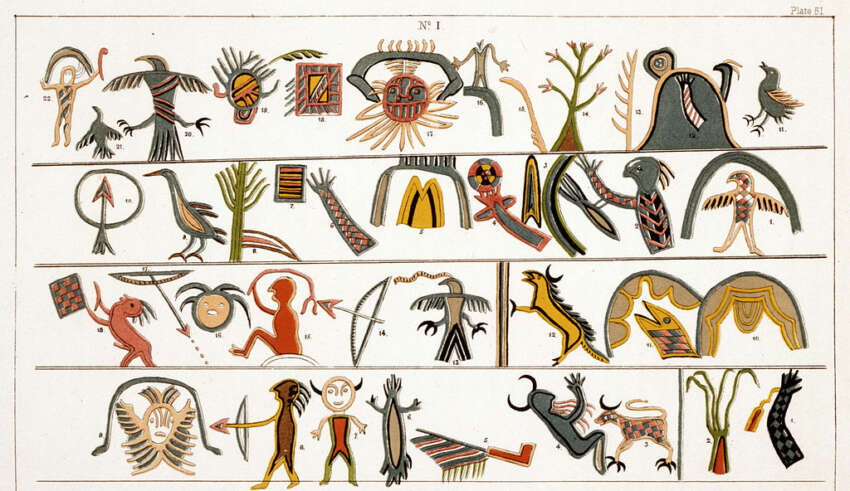
Following is the third in a series of interviews with John Trumper, M.D. John has worked as a pediatrician in not only the United States but also four other countries. He has also served as a physician with three Native American communities in the United States.
Dr. Trumper brings a wealth of insights regarding interpersonal relations and culture to these interviews based on his remarkable history of engagement with people in many different settings–mostly small, nonurban communities. This interview concerns his work with the Chippewa/Ojibwe) people living on the Turtle Mountain Reservation in North Dakota.
Following is some background on the Chippewa (Ojibwe) Nation excerpted from Wikipedia:
The Chippewa Nation (also known at the Ojibwe) is made up of a population in 2010 of 170,742 members in United States (2010) and in 2014 of 160,000 in Canada. Since most of the formal references are to the Ojibwe rather than the Chippewa, references in this summary descrition will be made to the Ojibwe.
The Ojibwe are an Anishinaabe people whose homeland covers much of the Great Lakes region and the northern plains, extending into the subarctic and throughout the northeastern woodlands. Ojibweg, being Indigenous peoples of the Northeastern Woodlands and of the subarctic, are known by several names, including Ojibway or Chippewa. As a large ethnic group, several distinct nations also consider themselves Ojibwe, including the Saulteaux, Nipissings, and Oji-Cree.
According to the U.S. census, Ojibwe people are one of the largest tribal populations among Native American peoples in the U.S. In Canada, they are the second-largest First Nations population, surpassed only by the Cree. The Ojibwe language is Anishinaabemowin, a branch of the Algonquian language family. The Ojibwe are part of the Council of Three Fires (along with the Odawa and Potawatomi) and of the larger Anishinaabeg, which includes Algonquin, Nipissing, and Oji-Cree people.
The Ojibwe are known for their birchbark canoes, birchbark scrolls, mining and trade in copper, and their harvesting of wild rice and maple syrup. The popularity of the epic poem The Song of Hiawatha, written by Henry Wadsworth Longfellow in 1855, publicized the Ojibwe culture. The epic contains many toponyms that originate from Ojibwe words.
European powers, Canada, and the U.S. have colonized Ojibwe lands. The Ojibwe signed treaties with settler leaders to surrender land for settlement in exchange for compensation, land reserves and guarantees of traditional rights. Many European settlers moved into the Ojibwe ancestral lands.

